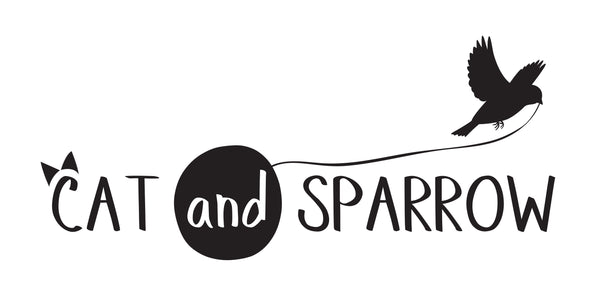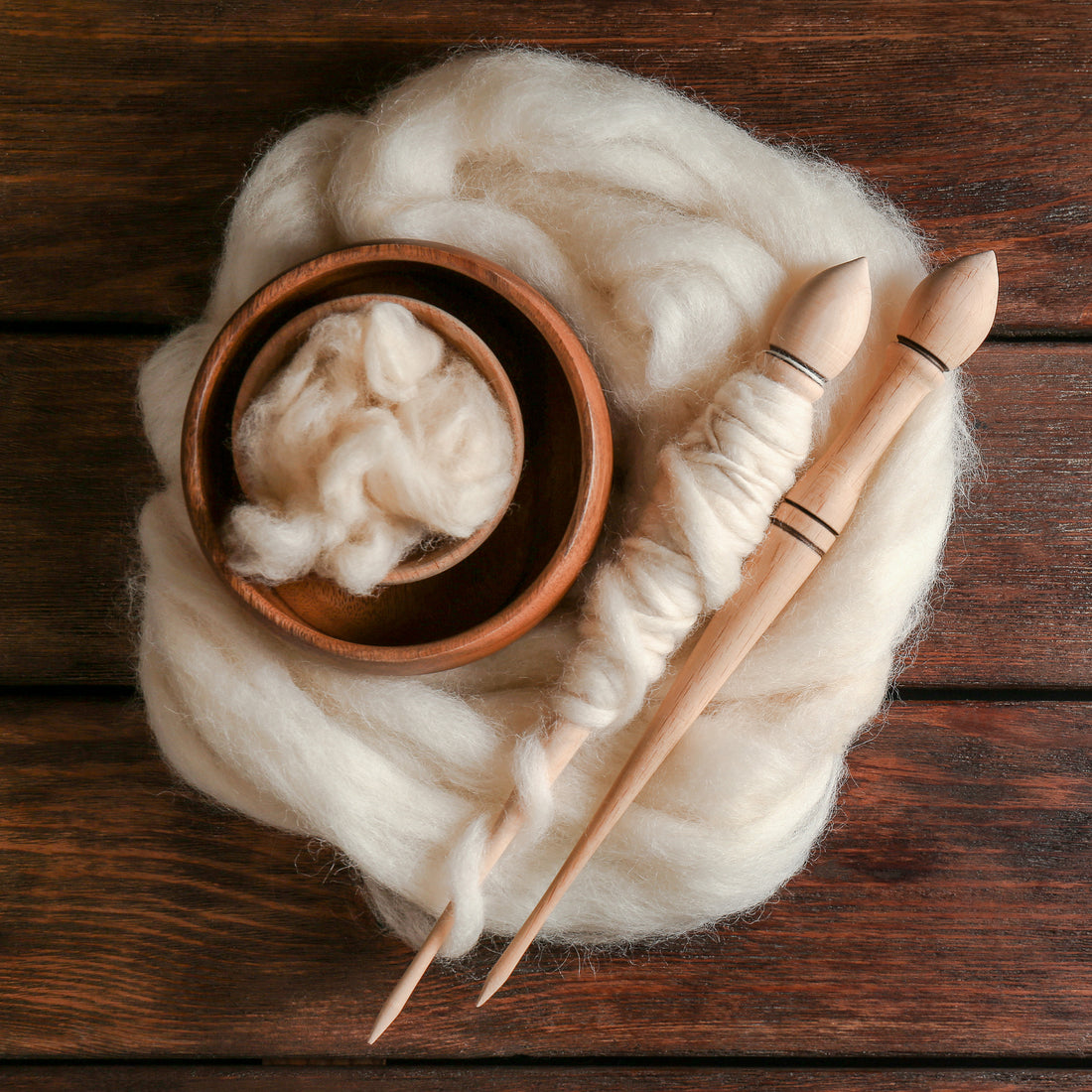What fibre is best for beginners to learn with?
I get asked this question a lot, and the answer is a bit more complex than it might seem. As well as the many different breeds available to spinners these days, there are lots of different types of preparation as well – fleece, tops, batts, roving, rolags, fauxlags …
I’ll be looking at the different preparations in a different post. For now, I’ll look at the characteristics of different fibres and what might make them more or less suitable for beginner spinners.
Staple length
A staple is a group of fibres pulled from a fleece or other fibre preparation. The overall length of the fibres is the 'staple length'.
You’re looking for the 'Goldilocks staple' here – not too long, not too short, but just right. When you draft the fibres, you need to be careful not to grasp both ends of the same piece of wool so that the fibres can move against each other.
Things like mohair, Wensleydale or silk have long staples (or filaments, if you're talking about silk), which a beginner can end up fighting with. The longer the fibre, the more likely this is to happen.
Down breeds and other animal fibres like angora have very short staples. Beginners run the risk of losing control of the fibres while they get used to the mechanics of spinning. Shorter stapled fibres also need more twist to hold them together, which is something a beginner might not want to think about to start off with.
Ideally, you’ll be looking for something with a staple length of between 3–6 inches.
Texture
Wools vary greatly in density and texture. Wools like Merino and Targhee are very fine, with dense fibres that can resist consistent drafting.
For easy drafting, look for something that has a very open texture where the fibres are not densely packed. If you get the chance to squish it before you buy, see if the fibres move easily against each other but have a bit of bite. Wools with this kind of character include Whitefaced Woodland, Romney, Perendale and, even though it’s a fine wool, Shetland.
Other animal fibres such as alpaca behave very differently to wool, which is why you might hear that they aren’t well-suited to beginners. The tiny scales on the surface of wool catch and lock on to each other, which is why felting works. Alpaca doesn’t have these scales, and it lacks wool’s natural oiliness. Consequently, the fibre can be slippery and hard to control.
To blend or not to blend?
Blends often contain fibres of different staple lengths and textures. Sometimes this presents problems for a beginner. Rather than being able to focus on the behaviour of one fibre, different temperaments join the fray. Bamboo and mulberry silk are notoriously troublesome - the long, slippery filaments clump together, creating distracting lumps and slubs and a requiring a change of hand position.
If a blend calls to you, check it is well-mixed. Repeated blending distributes the fibres more evenly, making it easier to spin. If you can easily see the different fibres, you’ll feel them too.
Jump in!
There are no hard and fast rules. As a beginner I was seduced by a magical concoction of alpaca, baby camel and angora. I butchered it, but my fingers, eyes and heart were happy. I wouldn’t necessarily recommend that approach but having something beautiful in your hands can make the whole learning process even more joyful (and possibly more frustrating). If you see something you love, give it a try.
Practise drafting out the fibres first to see how they behave. Check the staple length to see how far apart you’ll need to place your hands. Most of all, don’t give up.
Here’s a far from exhaustive list of a few breeds that I’d recommend for beginners (they fit into the mid-length staple/open character box, and are generally lovely to work with):
Next to skin soft:
Not quite so soft but still yummy:


